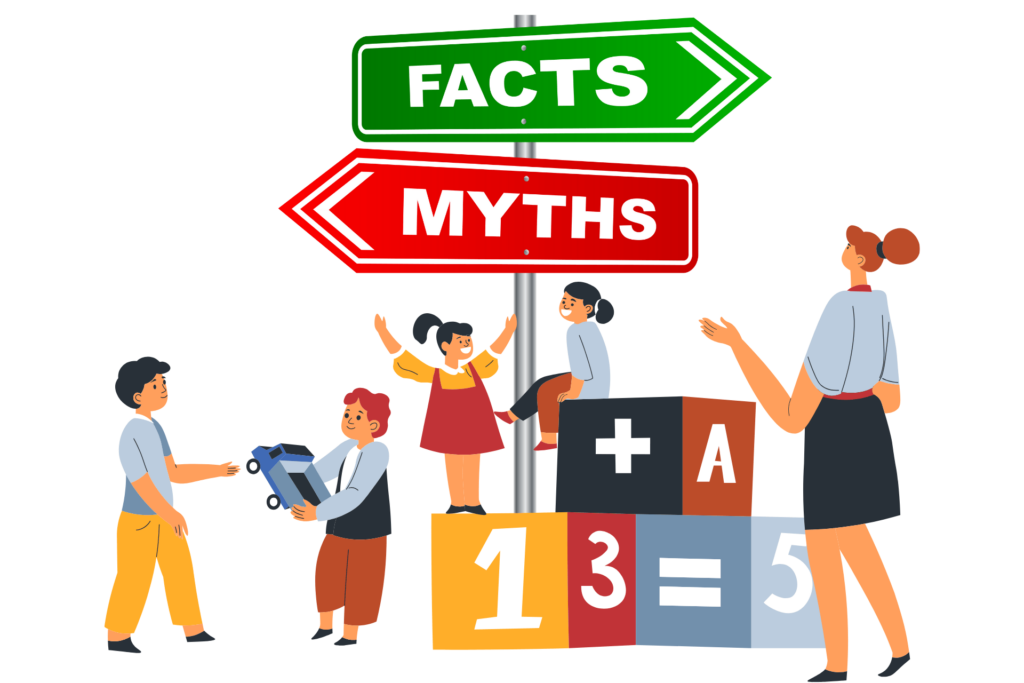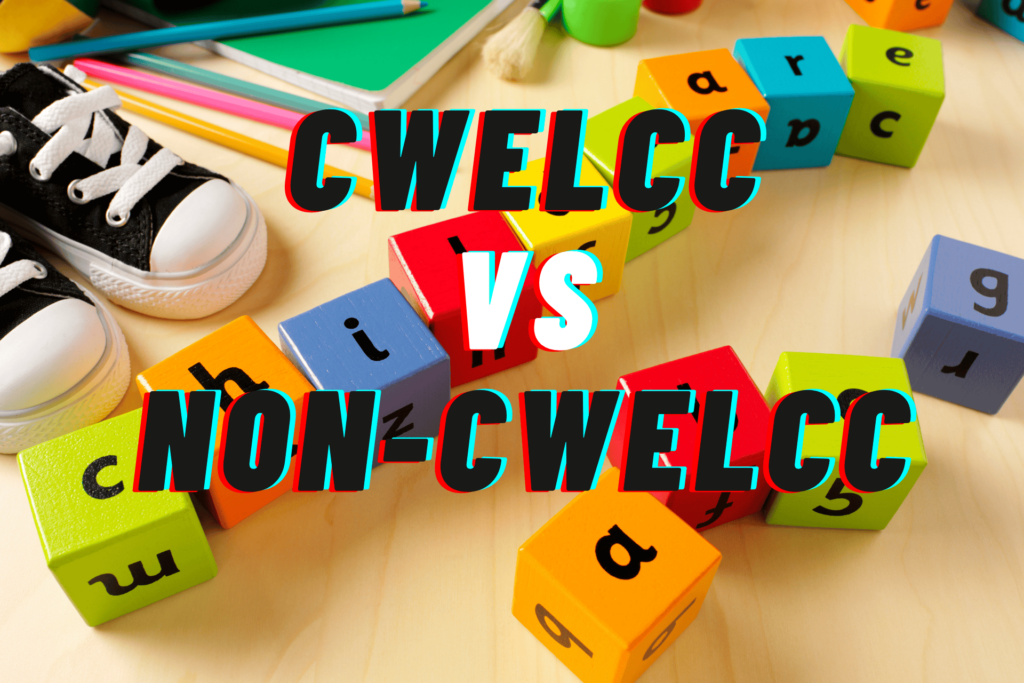What is POTL?
POTL stands for Parcel of Tied Land (POTL). It is a concept related to Condominium Corporations. To understand POTL, it’s essential to have a basic understanding of Condominium Corporations. There are different types of Condominium Corporations, with the most common being the standard condominium, which includes condo buildings, high-rises, medium-rises, and townhouses. In a standard condominium, individual unit owners pay maintenance fees and have access to the common facilities.
Another type of Condominium Corporation is the “Common Element Condominium Corporation” (CEC). In a CEC, there are no individual condo units, but it manages the common elements of the property. For example, it may oversee the maintenance of roads, lakes, ski hills, and other shared amenities.
When a CEC is tied to a parcel of land, it is referred to as a Parcel of Tied Land (POTL). The land in question holds an interest in shares of the CEC corporation, and this interest is registered on the title of the land. Therefore, when the land is sold, it must be sold together with the associated CEC corporation interest.
When purchasing a POTL, it is crucial to review the status certificate, monthly expenses, by-laws, and rules of the CEC condominium, just as you would with a standard condominium.
Advantages and Drawbacks of POTL
Advantages:
1. Cost: POTLs tend to be cheaper than standard condominiums, making them an attractive option for buyers looking for more affordable properties.
2. Ownership Freedom: As the owner of a POTL, you have the freedom to make changes and modifications to your own building since you have full ownership.
3. Access to Common Elements: POTL owners typically have access to the shared amenities and common elements managed by the CEC corporation, such as roads, parks, lakes, or ski hills.
Drawbacks:
1. Building Maintenance: Unlike standard condominiums where maintenance is typically taken care of by the condo corporation, as a POTL owner, you are responsible for handling building maintenance, including tasks like roof repairs or window replacements.
2. Potentially Paying for Unused Amenities: Depending on the CEC’s management and fee structure, you might have to contribute towards the maintenance and costs of shared amenities that you do not personally use.
3. Monthly Maintenance Fees: As with standard condominiums, POTL owners are usually required to pay monthly maintenance fees to cover the expenses of managing the common elements and shared amenities.
It’s important to consider both the advantages and drawbacks of POTLs before making a purchase decision. Consulting with real estate professionals and thoroughly reviewing all relevant documentation will help you make an informed choice.


.png)
.png)
.png)







